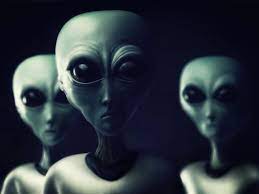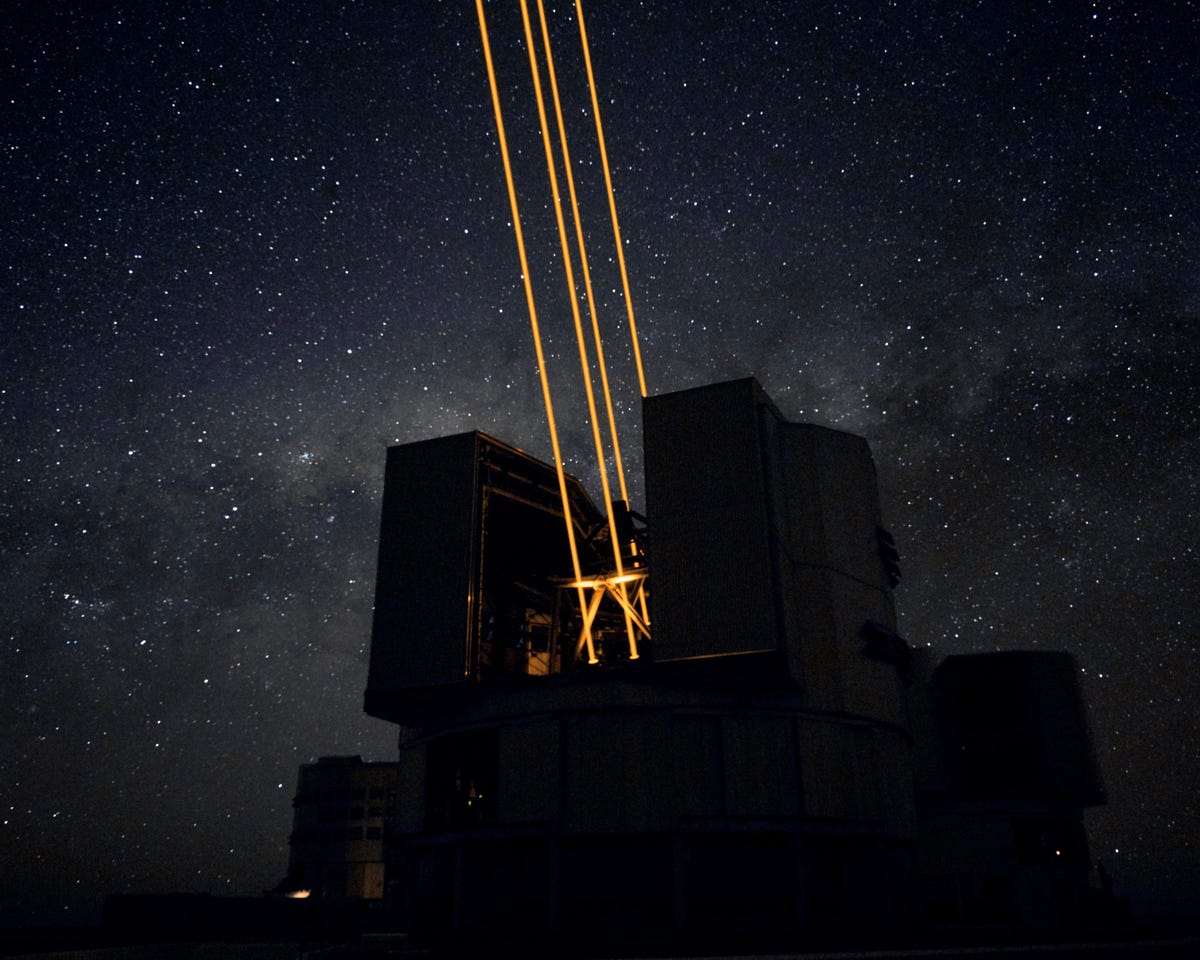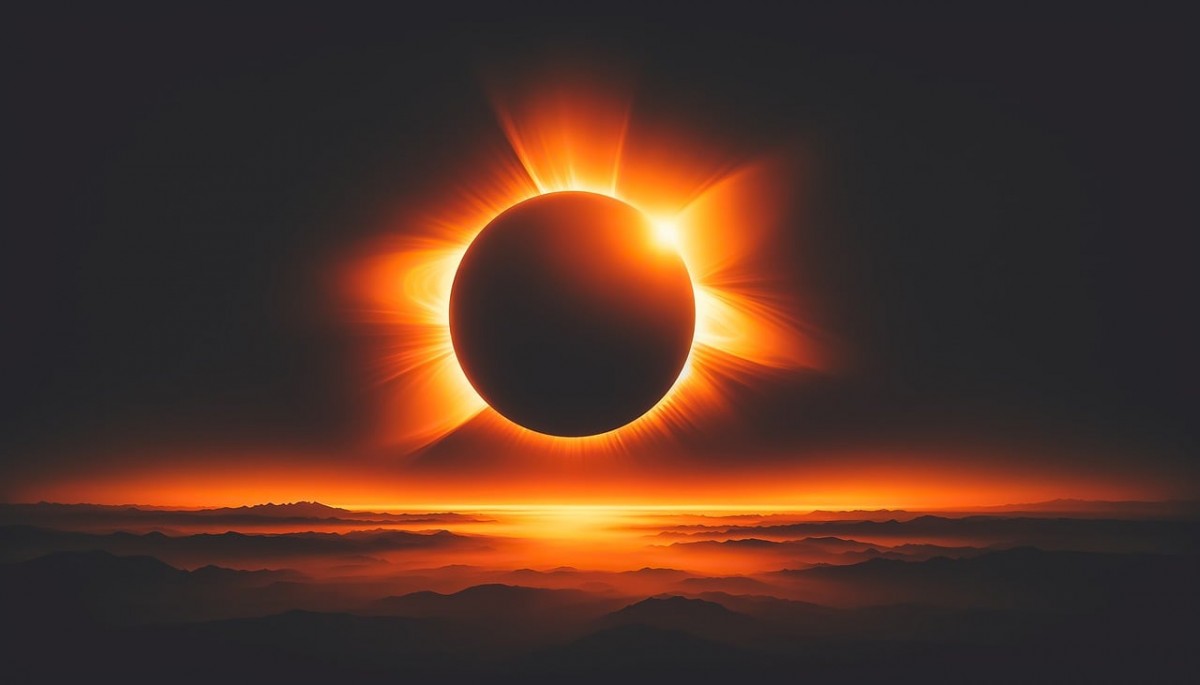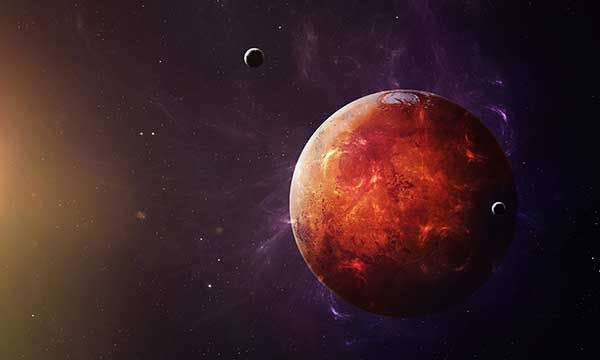Have We Already Been Visited by Aliens?
On October 19, 2017, a Canadian astronomer named Robert Weryk was reviewing images captured by a telescope known as Pan-starrs1 when he noticed something strange, an aliens. The telescope is situated atop Haleakalā, a ten-thousand-foot volcanic peak on the island of Maui. It scans the sky each night, recording the results with the world’s highest-definition camera. It’s designed to hunt for “near-Earth objects,” which are mostly asteroids whose paths bring them into our planet’s astronomical neighborhood and which travel at an average velocity of some forty thousand miles an hour. The dot of light that caught Weryk’s attention was moving more than four times that speed, at almost two hundred thousand miles per hour.
the alien invasion

Weryk alerted colleagues, who began tracking the dot from other observatories. The more they looked, the more puzzling its behavior seemed. The object was small, with an area roughly that of a city block. As it tumbled through space, its brightness varied so much—by a factor of ten—that it had to have a very odd shape. Either it was long and skinny, like a cosmic cigar, or flat and round, like a celestial pizza. Instead of swinging around the sun on an elliptical path, it was zipping away more or less in a straight line. The bright dot, astronomers concluded, was something never before seen. It was an “interstellar object”—a visitor from far beyond the solar system that was just passing through. In the dry nomenclature of the International Astronomical Union, it became known as 1I/2017 U1.
Even interstellar objects have to obey the law of gravity. But ‘Oumuamua raced along as if propelled by an extra force. Comets get an added kick thanks to the gases they throw off, which form their signature tails. ‘Oumuamua, though, didn’t have a tail. Nor did the telescopes trained on it find evidence of any of the by-products normally associated with outgassing, like water vapor or dust.
Nasa’s take on the aliens

“This is definitely an unusual object,” a video produced by nasa observed. “And, unfortunately, no more new observations of ‘Oumuamua are possible because it’s already too dim and far away.”
As astronomers pored over the data, they excluded one theory after another. One group of researchers decided that the best explanation was that 1I/2017 U1 was a “miniature comet” whose tail had gone undetected because of its unusual chemical composition. This hypothesis—a variation on the mini-comet idea—had the advantage of explaining the object’s peculiar shape. By the time it reached our solar system, it had mostly melted away, like an ice cube on the sidewalk.
By far the most spectacular account of 1I/2017 U1 came from Avi Loeb, a Harvard astrophysicist. It was the handiwork of an aliens civilization.











